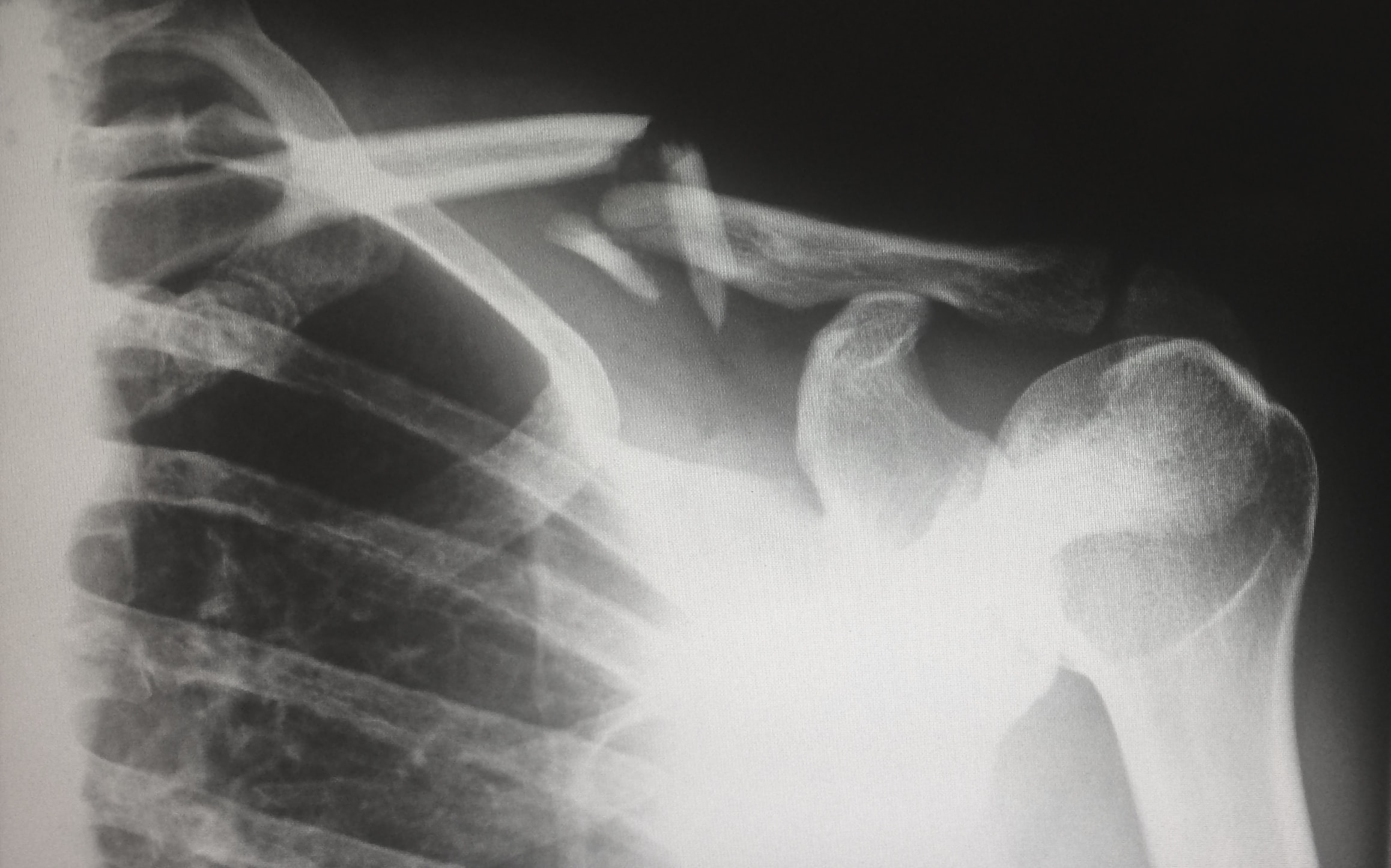
Child abuse and neglect represent one of the most serious pediatric public health crises affecting nearly 1 in 7 children. The short- and long-term consequences of abuse are substantial, including significant emotional, physical, and financial impacts on children and their families, thus highlighting the importance of accurately identifying children with abusive injuries. Although fractures are the second most common abusive injury after skin and soft tissue injuries, there are currently no validated clinical decision rules (CDRs) to assist clinicians in real-time to accurately identify children with fractures that are high risk for potential abusive injuries.
Together with Mike Mello and others at Rhode Island Hospital, we have been awarded an NIH Center of Biomedical Research Excellence (COBRE) grant to develop a machine-learned CDR that will stratify the risk of abuse among patients ≤5 years with fractures presenting for emergency care. The CDR will be derived from a combination of factors, including history, mechanism, socio-demographics, and fracture type, using a single pediatric institution’s retrospective data, which includes emergency department data as well as details from a child abuse registry of adjudicated cases.